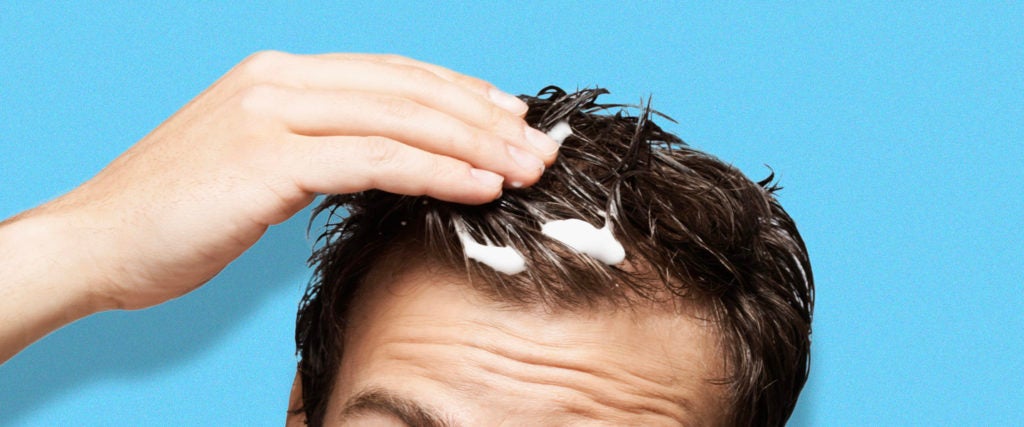I’ve gone through every hairstyle you can imagine. I’ve spiked my hair. I’ve worn it long. I’ve slicked it back. I’ve had “the Jimmy.” I’ve even shaved it all off and waited impatiently for it to grow back so that I could, once again, tousle it into a mess. But through it all, one thing has remained constant: my love, need and passion for leave-in conditioner.
What is Leave-in Conditioner?
Also referred to as “no-rinse” or “leave-on” conditioners, these typically creamy substances (remove your mind from the gutter please) feel a lot like a normal conditioner, albeit a bit lighter. They’re used, however, after you wash your hair and before you style it. Also — and it’s very clearly in the name — you leave them in for the entire day.
They generally consist of silicones and glycerin, which help to protect and coat your hair without adding weight. They usually include a wide variety of proteins, natural oils, botanical extracts and vitamins as well.
What is Leave-in Conditioner For?
As with regular conditioners, leave-in conditioners trap moisture into your hair and improve its overall health. To that end, per Pantene.co.uk, moisture “helps to protect hair from external stressors, like extreme weather conditions.”
For me, the appeal of leave-in conditioner is simple: Shampoo dries out my hair, rendering it thin and feathery. Leave-in conditioner, on the other hand, gets those strands feeling plump and more willing to stay together, giving my mane a fighting chance at having a good hair day, everyday.
Not to mention, leave-in conditioner makes your hair easier to brush. Think of it like adding mayonnaise to a dry sandwich — a little bit of lubricant goes a long way. Or, if you color or chemically treat your hair, it’s like applying lip balm to chapped lips.
According to Sunny Sepasi, a hairstylist in L.A. and my girlfriend as well as my leave-in-conditioner sherpa, there are two different types of leave-in conditioners…
- Spray-on: “I like spray more because it disperses in your hair more easily,” she explains. Her favorite is UNITE Hair 7 Seconds Detangler. “It’s multi-functional,” she says. “It acts as a heat protector for when you use heating tools on your hair and protects your hair against thermal damage, UV rays and color fading.” Better yet, she adds that, unlike cream leave-in conditioners, the spray versions tend to be more suitable for all different types of hair.
- Cream: Speaking of cream leave-in conditioner, Sunny explains, “With it, you have to put in a little more work to ensure you’re spreading it evenly throughout your hair.” Her (and my) favorite is Hair Balm by Hairstory. “It’s super moisturizing and it adds texture,” she says (which I second). But, she stipulates, because Hair Balm is a natural-based product, “it has more types of oil and can feel a bit heavier.” Lucky for me, that’s just the way I like my strands of hair to feel — thick and full of girth (again, pull your mind from the proverbial gutter).
How Do I Apply It?
Sunny says that with cream, you take a dime-sized amount and rub it in your hands, making sure you cover your fingers. “Work it through your damp hair, ends first,” she instructs. “Rake it through your ends with your fingers, and then lightly up to your roots. I like to follow with a good brushing because that will make sure it saturates all the hair. Even dispersal is important because if it’s too concentrated in one area, it can give the illusion of being greasy.”
As for spray-on, Sunny suggests that for short hair you can spray it all over — keeping the bottle 8 to 10 inches away from your head. “For longer hair, you’d lift your hair up in sections with your free hand and spray from the bottom up, meaning you spray in an upward direction to concentrate more on your ends.”
How Often Should I Use It?
One last time — it’s in the name. Once you’re a leave-in conditioner convert, you’ll never want to leave it out again.

